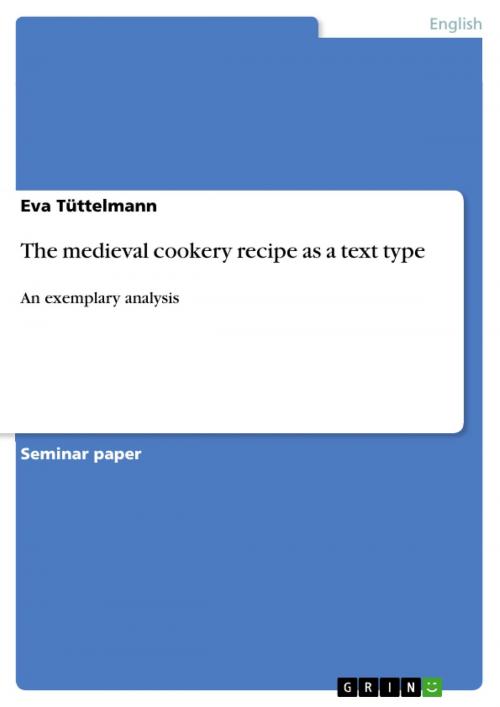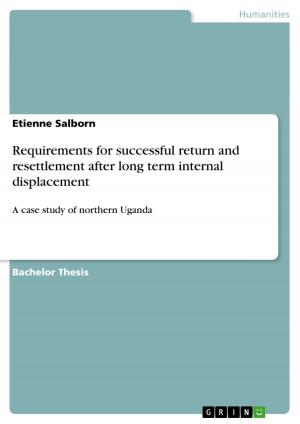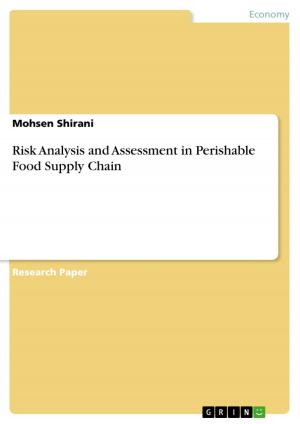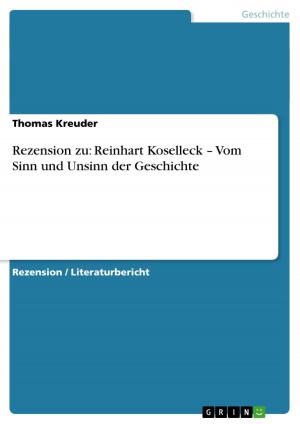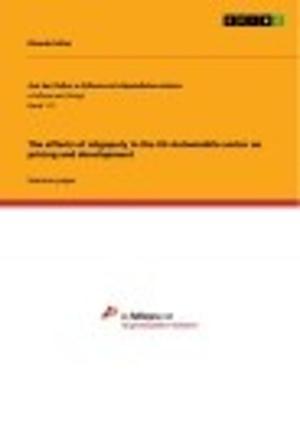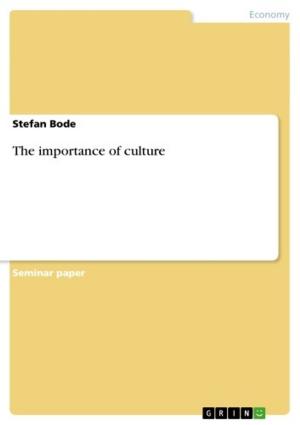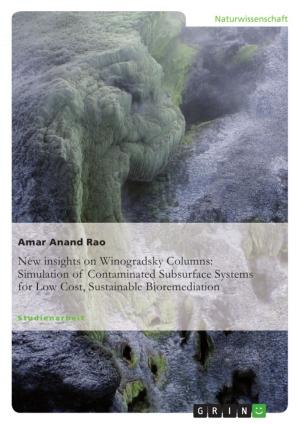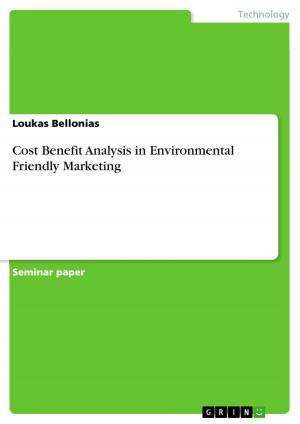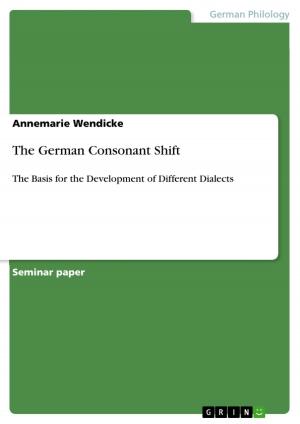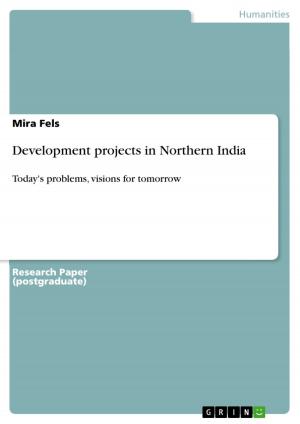The medieval cookery recipe as a text type
An exemplary analysis
Nonfiction, Entertainment, Drama, Anthologies| Author: | Eva Tüttelmann | ISBN: | 9783638808019 |
| Publisher: | GRIN Publishing | Publication: | June 16, 2007 |
| Imprint: | GRIN Publishing | Language: | English |
| Author: | Eva Tüttelmann |
| ISBN: | 9783638808019 |
| Publisher: | GRIN Publishing |
| Publication: | June 16, 2007 |
| Imprint: | GRIN Publishing |
| Language: | English |
Seminar paper from the year 2006 in the subject English Language and Literature Studies - Linguistics, grade: 1,7, University of Cologne (Englisches Seminar), course: Einführungsseminar Sprachwissenschaft B: Middle English, 9 entries in the bibliography, language: English, abstract: Textlinguistics can be described as a linguistic discipline that investigates language on a wider level than formally usual. Discussing the text as a whole system derives from the conclusion that 'linguistic investigations cannot be limited to the classic disciplines of phonology, morphology, syntax and lexicology' (Görlach 2004: 3). In attempt of a diachronic research of text types a synchronic analysis should be given precedence. What are the characteristic features of the text type? What is its function? What are its restrictions? Examples of the same period might help to get a comprehensive notion of the text type in question. Having established the linguistic elements characterizing the text type, one can start out a diachronic investigation. Its development and the reasons for change or stasis have to be examined and set into context. Examples of the text type from different points in the history of the language need to be compared with each other. The development of a text type through time requires a close look at textual traditions and how the text type and its authors were influenced throughout time (Jucker 2000: 103). Nevertheless one must not forget that due to the limitation of examples it is impossible to depict a complete evolution of a text type. Making a start, I will deal with different terms designating the text type as a linguistic category and the way a text type is defined. This can only be done in an exemplary manner, as there has been such an amount of unlike positions. In addition, I shall elucidate what makes up the cookery recipe in particular. In what follows this paper contains the analyses of four examples, the focus being placed on their linguistic features. The excerpts chosen originate from the late Middle English to early Modern English period and are taken from collections including a large number of recipes. Finally, I will sharply go into finding out whether the cookery recipe is evolutionally stable or discontinuous.
Seminar paper from the year 2006 in the subject English Language and Literature Studies - Linguistics, grade: 1,7, University of Cologne (Englisches Seminar), course: Einführungsseminar Sprachwissenschaft B: Middle English, 9 entries in the bibliography, language: English, abstract: Textlinguistics can be described as a linguistic discipline that investigates language on a wider level than formally usual. Discussing the text as a whole system derives from the conclusion that 'linguistic investigations cannot be limited to the classic disciplines of phonology, morphology, syntax and lexicology' (Görlach 2004: 3). In attempt of a diachronic research of text types a synchronic analysis should be given precedence. What are the characteristic features of the text type? What is its function? What are its restrictions? Examples of the same period might help to get a comprehensive notion of the text type in question. Having established the linguistic elements characterizing the text type, one can start out a diachronic investigation. Its development and the reasons for change or stasis have to be examined and set into context. Examples of the text type from different points in the history of the language need to be compared with each other. The development of a text type through time requires a close look at textual traditions and how the text type and its authors were influenced throughout time (Jucker 2000: 103). Nevertheless one must not forget that due to the limitation of examples it is impossible to depict a complete evolution of a text type. Making a start, I will deal with different terms designating the text type as a linguistic category and the way a text type is defined. This can only be done in an exemplary manner, as there has been such an amount of unlike positions. In addition, I shall elucidate what makes up the cookery recipe in particular. In what follows this paper contains the analyses of four examples, the focus being placed on their linguistic features. The excerpts chosen originate from the late Middle English to early Modern English period and are taken from collections including a large number of recipes. Finally, I will sharply go into finding out whether the cookery recipe is evolutionally stable or discontinuous.
